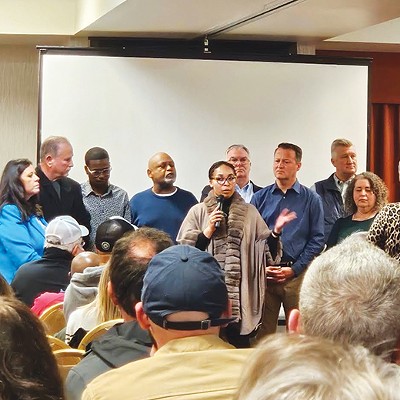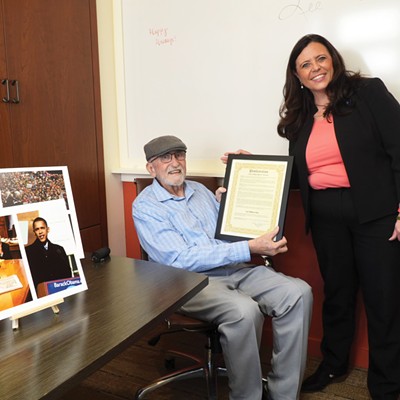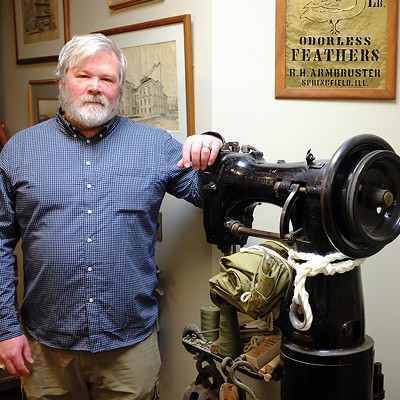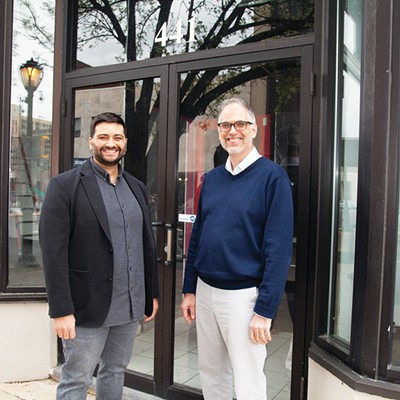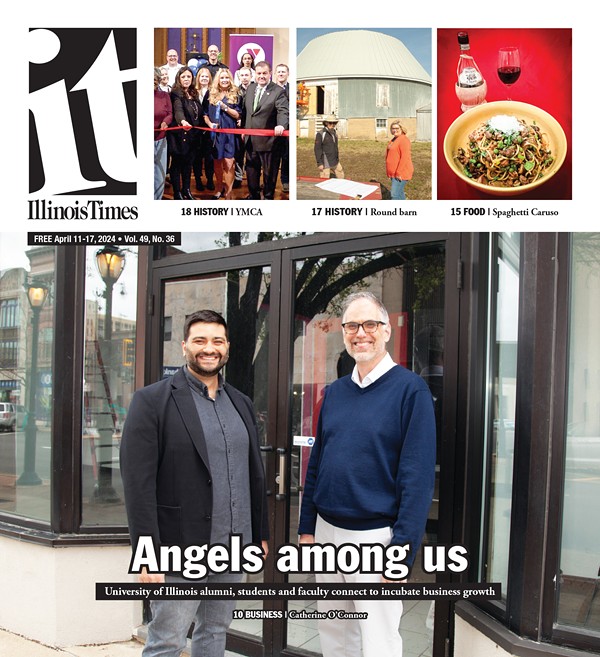
COMMUNITY CARE
Re: “Leaving homes – Plans to close developmental centers provoke fear,” by Bruce Rushton, May 24: Every family with a developmentally delayed child has their own reality. During the last 5 to 10 years most of the people living in state-operated developmental centers (SODCs), who could live in community, have moved. Only those people requiring the most intense care now live in SODCs. My daughter lived at Howe Center until it closed. To us, it was community placement. Family lived 10 to 15 minutes away, making it possible for her to fully participate in all family functions, parties, visiting, shopping and just hanging out. She lived in a home with seven other women, in a beautiful park-like setting. She also received the medical care she requires.
People who can live in community should live in community. Those who need the most care should have the choice to live where they will receive that care.
Linda Brown
North Aurora
CENTRALIA CENTER
I live in Centralia. Our state-run facility, the Warren G. Murray Developmental Center, is also on the chopping block.
As the mother of a 22-year-old daughter with developmental disabilities, I am appalled by the “one size fits all” attitude of both Gov. Quinn and those like Tony Paulauski who depict state-run facilities for the developmentally disabled as isolated institutions. The residents of Murray Center are active members of our community. They are out and about at the local Wal-Mart, movie theater, Dairy Queen and most all community events and festivals.
My daughter recently moved into a 16-bed group home. It is perfect for her, but it is not suitable for every developmentally disabled person. She is sweet, happy, loving, gregarious and extremely vulnerable. Others are moody, anxious, manipulative and violent. Some have significant health issues requiring medical supervision. To mix the populations in small homes with minimum wage-earning minimally trained staff is ludicrous. Of course the individual’s parents or guardian has a say.
Unfortunately, the State of Illinois is the legal guardian for many of the people subject to eviction from their homes. Who is speaking for them?
From illinoistimes.com
ONE-WAY STREETS
There is merit to looking at making Fifth and Sixth streets one way in the downtown area. However, it needs to be looked at closely and capacity studies done to make sure the intersections will operate safely. It appears that the one-way streets will be needed from the south to the Lawrence Street - Cook Street one-way couple because of the heavy commuting traffic volumes. However, if the state keeps cutting jobs and moving jobs to other areas, this could become a moot issue.
The transition at the very north end could be a problem because of the way Sixth Street phases in Fifth Street, but that might be solved by reconstructing the connection using Black Avenue. Transitioning from two way to one way at North Grand could be a problem because of the railroad crossing being too close to North Grand on Sixth Street. Carpenter Street could be a viable option for the transition if it was reconstructed to five lanes as was planned 15-plus years ago. However, the problems of the parking garage under the Old State Capitol and the PNC Bank Facility being designed for the one-way street system still remain as major obstacles.
However, there are other ways to slow traffic down without making the streets two-way. Projecting the sidewalk ramps to near the edge of the travel lanes to shield the parking lanes give the appearance of narrower streets which tends to slow traffic down. It has already been mentioned that the timing of the traffic signals can be used to slow traffic through the downtown area. That would be a relatively low cost option and could be used in combination with the “bulb outs” to create a more pedestrian/business-friendly area without changing the street system.
Tyre W. Rees
Springfield
Tyre Rees is the former Springfield traffic engineer, now retired.




